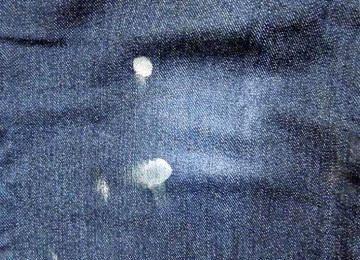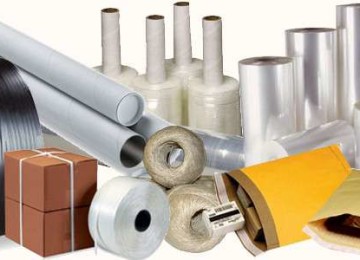Fuel oil is a dark brown or black substance that resembles machine oil. When it gets on fabric it leaves dark stains that are extremely difficult to remove. Experienced housewives know how to remove fuel oil from clothes and are willing to share proven methods. Moreover, you can use both folk remedies and specialized ones.

Is it possible to wash fuel oil from clothes?
Fuel oil is a product of the oil refining industry, obtained by extracting kerosene and gasoline from feedstock. After such treatment, the heaviest and most corrosive substances remain in the oily liquid.
If an item is stained with such a substance, it will not be possible to clean it by regular washing. This requires specialized drugs. But you can also use home remedies.
Maximum efficiency in removing fuel oil stains is achieved in cases where the solvent and the soluble composition have a similar structure.
What fabrics and things cannot be restored after contamination with fuel oil
Products made from natural fabrics require especially careful care. If you use inappropriate products and methods to wash organic fiber items, they will be irrevocably damaged.
Oil refinery waste has a detrimental effect on cotton, flax and wool. In addition, such stains are extremely difficult to remove from leather products, since fuel oil quickly eats into the structure of the material. The same is true with synthetics.
Is it possible to remove an old fuel oil stain?
If unpleasant marks appeared on clothing long ago and are firmly established, it will not be possible to get rid of them using conventional methods.
The following products are suitable for combating old stains at home:
- Diesel fuel or gasoline. Before removing stains from denim, leather or any other clothing using flammable mixtures, you must make sure that there are no sources of open flame nearby and that there is ventilation in the room. For the upcoming procedure, you need to soak a cotton swab in fuel, and then carefully treat the stained area with it. You cannot use gasoline (including purified) or diesel fuel to wash synthetic clothes - they will be damaged.
- Washing mashine shampoo.If you don’t have diesel fuel or gasoline on hand, you can purchase a special shampoo at a washing mashine store and then apply it to the contaminated area in the usual way. After processing, the item must be washed.
- Ammonia. Both ammonia and ethyl alcohol are suitable for processing. You need to saturate the stain with the composition and wait a few minutes, then wash the item. If the treatment effect is unsatisfactory, you can repeat the procedure.
- Acetone. The product should not be used to clean items made from delicate fabrics. Being an aggressive solvent, acetone can completely damage the product.
- Toluene. Due to the increased toxicity, it is quite difficult to find a pure composition on the open market. But it is present in many solvents. To remove a stain, you need to soak a cotton pad in toluene and then treat the dirty area. After this, all that remains is to wash the item in the usual way.
.jpg)
Precautionary measures
If you have stained your clothes with fuel oil, do not rush to remove the stains as quickly as possible using improvised means, such as wet wipes. With additional wetting, the stain will spread and expand. This increases the risk of irreversible damage to the product.
To avoid such consequences, you must take the following precautions:
- Apply the cleanser from the wrong side, and place an unnecessary flap on the front side. This will allow you to quickly remove traces rather than print them.
- Since fuel oil has an oily consistency, when using a cleaning solution there is a risk of spreading stains, thereby increasing the area of contamination. It is quite difficult to eliminate their contours, so it is recommended to pre-treat the fabric around the mark with a solvent.It is important to consider that the method is not suitable for all types of fabrics.
- When using aggressive substances such as gasoline or acetone, safety precautions should be followed. Solvents always include safety precautions on the label. Work must be carried out in a ventilated area, isolated from open flame sources.
Features of processing different fabrics and clothing
Before you begin removing fuel oil stains, you need to check the type of clothing and the material from which it is made. Getting rid of stains on denim is much easier than on cashmere items. In the first case, even aggressive methods are allowed. Delicate fibers will not withstand such exposure.
Natural
Fabrics made from organic fibers wash faster and better than synthetics, but processing delicate fabrics requires gentle compounds such as fir oil or soda. If it is possible to evaluate the reaction of the material to the product, you need to do this using inconspicuous areas of clothing.
Jeans
Denim pants and outerwear (especially work clothes) are often soiled by fuel oil. To remove stubborn stains from rough fabrics, you should use aggressive products, as they are highly effective.
In addition to gasoline, refined diesel fuel and kerosene are suitable. You can purchase such substances at any hardware store.
Algorithm:
- Place a cloth or paper sheet under the stain.
- Moisten a piece of cotton wool or a cotton pad with turpentine or diesel fuel and begin wiping the stain until it disappears.
- Soak the product in warm water with powder, then wash by hand.
- Rinse the item and put it in the washing machine.
You can use washing mashine shampoo to remove traces of fuel oil. It is necessary to distribute the liquid over the greasy mark and wait 30 minutes.
After the specified period of time, wash the item by hand and rinse 2-3 times. To consolidate the results, you will need to wash your clothes in the machine. To enhance the effect, you can pour stain remover into the powder compartment.
If you need to remove old traces of fuel oil, you can use acetone. But when working with it, you should be especially careful, since the product can corrode the fibers and leave unpleasant marks. The algorithm of actions is the same as when using diesel fuel, kerosene or gasoline.
If you are afraid that your jeans or workwear will be ruined, try making a gentle and safe cleaning paste. To do this, you need to combine ammonia, turpentine, white clay and starch in equal proportions, stirring them until a homogeneous mass is formed.
The resulting composition should be used to treat contaminated areas and leave to dry for 1.5-2 hours. During this time, the mixture will harden and can only be removed with a brush.
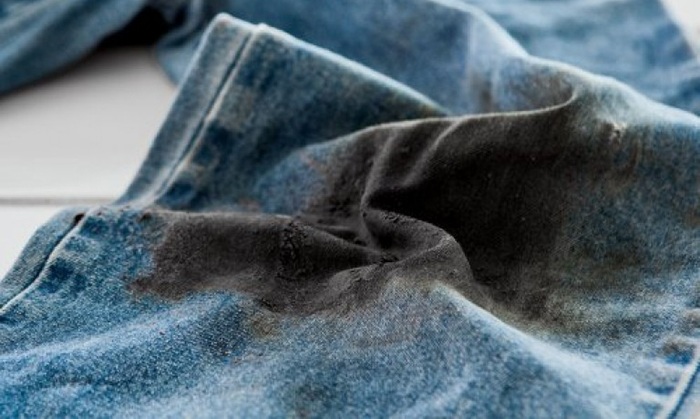
Synthetics
Fresh marks are washed off with essential oils, such as eucalyptus or fir. It is necessary to distribute a small amount of the composition over the surface of the stain and wait until it mixes with the fuel oil. Next, you should wipe the area with a cotton pad soaked in solvent and wait until the marks disappear.
An equally effective treatment for clothing made from synthetic fibers is caustic soda. It is necessary to distribute a small amount of the substance over the problem area and wait until the mixture is absorbed.To remove more difficult stains, soak clothes in a caustic soda solution.
Wool and knitwear
Cotton and wool products do not tolerate the effects of alkalis, so they cannot be treated with gasoline or acetone. You should also avoid using caustic soda.
To remove stains, you can prepare a gentle dishwasher detergent. The treatment is carried out using a simple method: the liquid is poured onto the stain and left for several hours, after which a hand wash cycle is performed.
Traces of fuel oil on wool and knitwear can be easily removed with hydrogen peroxide or ammonia. These pharmaceutical formulations do not require dilution, but peroxide can be used to treat exclusively white items. The cleaning process boils down to soaking the item for several hours and then washing it in warm water.
.jpg)
Bolognese jackets
Bolon is a rather delicate material that does not tolerate mechanical processing. To remove a fuel oil stain from a Bolognese jacket, you can use laundry soap.
Instructions:
- Moisten the contaminated area with water.
- Treat the selected area with laundry soap.
- Leave the jacket on for a few minutes.
- Wash the item by hand.
If the marks have not disappeared, you can repeat the cycle and wash the jacket in the machine.
Tar soap has the same effectiveness, which quickly dissolves oil refining waste, but is suitable for removing only fresh contaminants. The principle of application is identical to that described above.
Workwear
Aggressive compounds are suitable for treating work clothes. But they are used only for linen or cotton products; in the case of denim models, more gentle methods will need to be used.
Turpentine and gasoline can be used to clean overalls or work pants. Fresh stains are removed with purified compounds that do not leave greasy marks.
Gasoline and turpentine should be combined in a 1:1 ratio, then pour the mixture onto the problem area and wait 5-15 minutes. After the specified period of time, the stain should be washed by hand.
.jpg)
Where to start removing stains
Before treating clothes with aggressive compounds, the stain should be removed using gentle methods. These include cleaning with dishwashing detergent that effectively dissolves the oil base, such as Fairy.
First, you need to turn the dirty item inside out, place unnecessary fabric folded in several layers under the traces of fuel oil. Pour the defective area with the cleaning mixture.
The thicker the consistency, the faster the oil molecules will dissolve. Then you need to rub the detergent with your hand, waiting for it to foam. But it is important not to overdo it, because the area of contamination may expand. After a few hours, you will have to wash the item in the usual way.
How to remove fuel oil from shoes
You can remove traces of fuel oil from shoes using available folk remedies. With the help of gasoline, solvents and stain removers, you can remove even old stains.
Fabric
If the shoes are made of soft and delicate fabrics, it is not recommended to treat them with turpentine and starch, since these aggressive substances can destroy the structure of the material.
A fresh contaminated area can be easily cleaned with dishwashing liquid and butter, following these instructions:
- Spread a small piece of hard butter over the contaminated area. To soften the fuel oil, wait a few hours, and then wash off the product with warm water.
- Remaining grease can be washed off with detergent.
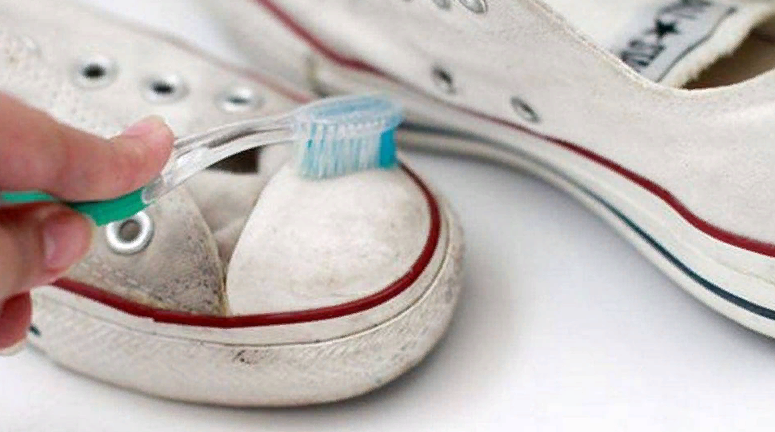
Suede
To clean suede shoes from fuel oil, you will need kerosene or gasoline. The flammable substance should be applied to the stain and rubbed gently. Next, you need to rinse the dirty area and dry the material. To restore the shade in the treatment area, spray paint is suitable.
Leather
Heating oil can be easily removed from leather shoes using liquid dishwashing detergent. It is necessary to distribute the composition using a clean swab over the surface of shoes or sneakers, wait 10-15 minutes, and then rinse with water.
In addition, washing mashine shampoo is suitable for treating areas affected by an oily substance, which is similarly distributed over the surface with a cotton swab and then washed off.
How to wash fuel oil from clothes at home
Treating contaminated items with alcohol solvents, baking soda, detergents and special stain removers provides a quick effect. But to remove stains, you must follow the instructions and follow some rules.
Washing algorithm
At the first stage, it is necessary to treat the item of clothing with the selected substance, and then rinse in soapy water. To consolidate the result, it is recommended to wash the item using powder and conditioner. The first will remove fuel oil, and the second will eliminate the unpleasant odor.
The choice of washing program is made taking into account the type of material. Thus, for products made from thin fabrics, the “synthetic” or “delicate wash” mode is suitable.
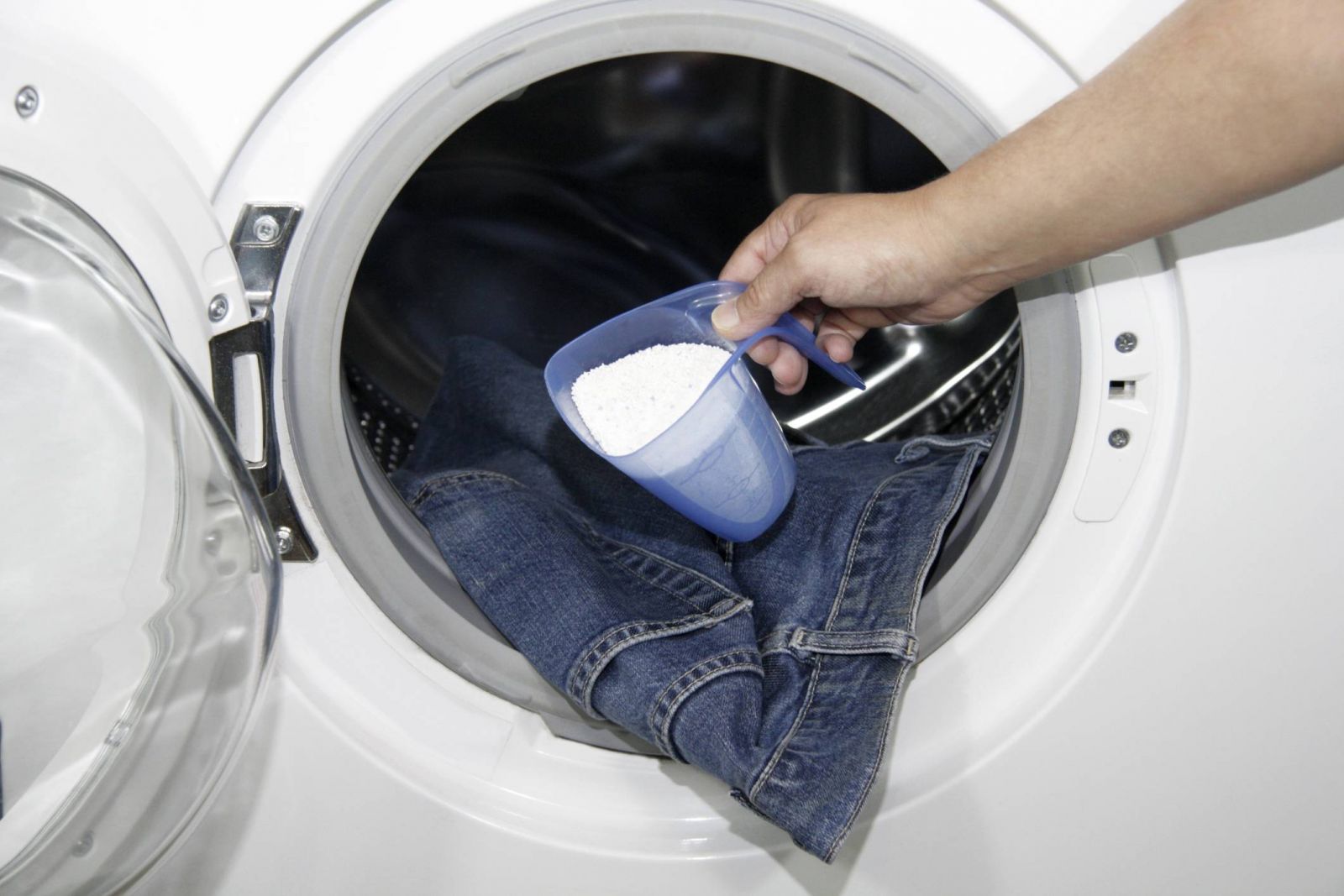
What household chemicals can be used
Every kitchen has dishwashing detergents that are good at removing fuel oil stains. Fairy and AOS Crystal products are highly effective.
It is enough to apply a small amount of detergent to the problem area, and then rinse it in warm water. To enhance the positive effect, you can pre-treat the stain with butter.
Folk remedies for cleaning clothes from fuel oil
You can remove fuel oil stains with folk remedies, which are inexpensive and almost always at hand. In addition, most compositions produce a gentle effect and are versatile.
Caustic soda
The ingredient is considered quite toxic, so before starting cleaning, you should prepare gloves and a mask. Caustic soda can be applied in 2 ways - wet and dry.
If you choose the first option, you need to immerse the contaminated item in a solution prepared from 2 tbsp. soda and 1 liter of clean water. If you need to clean wool or cotton clothes, it is better to abandon this method, since it can damage the fibers.
The dry method involves pouring a thin layer of caustic soda over the fuel oil for 3-4 hours. Next, you should wash the clothes in the machine.
.jpg)
Tar soap
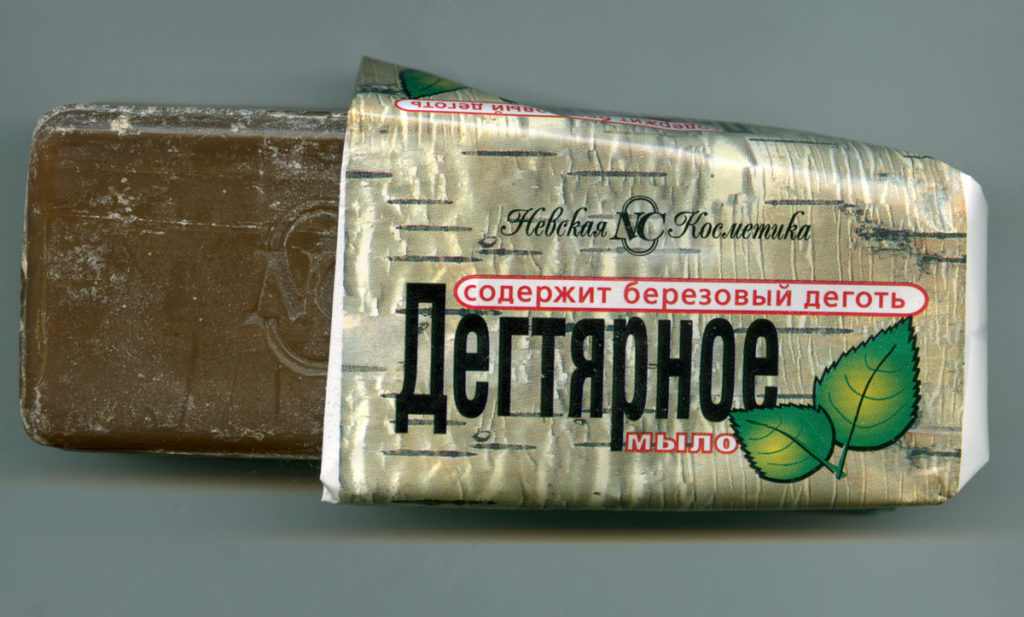
It is considered a gentle substance for combating traces of fuel oil. You can buy tar soap at any pharmacy or hardware store. The problem area should be thoroughly moistened and treated with a weak soap solution.
Next, the contaminated area should be rubbed with a soft-bristled brush, and after a few minutes, rinse the clothes thoroughly. Tar soap has a specific smell, so it is recommended to wash things with conditioner.
Purified gasoline
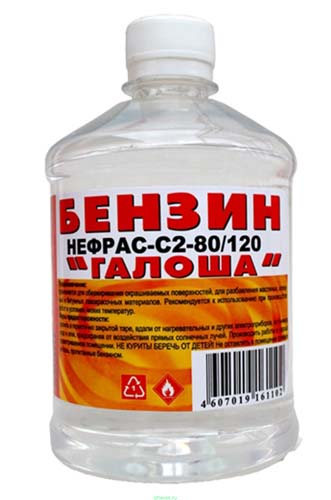
Purified fuel is suitable for combating fresh and old traces. Gasoline that has not undergone additional processing can cause new stains.
The flammable substance must be applied using cotton pads. The stain should be rubbed from the edges to the center.
Ammonia
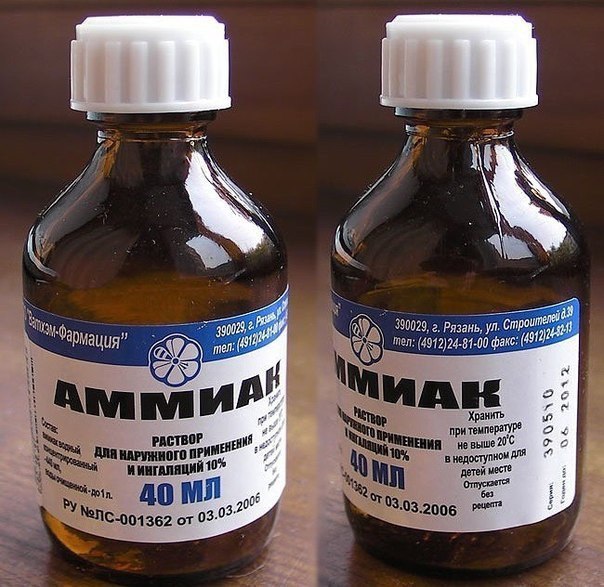
A mixture based on ammonia and turpentine, combined in equal proportions, is highly effective in removing traces of fuel oil and other difficult-to-remove substances.
The finished product can be spread over the surface using a piece of soft cloth or a cotton pad. After rubbing, the composition should be left on the fabric for several minutes.
Turpentine
Turpentine can be used to remove old traces. In most cases, the component is mixed with starch, baking soda and ammonia.
The finished mixture should be spread along the fuel oil trail and then washed off with dishwashing detergent. Finally, you need to rinse the product manually in a soapy solution and place it in the washing machine.
The product is suitable for processing silk, wool and velvet items.
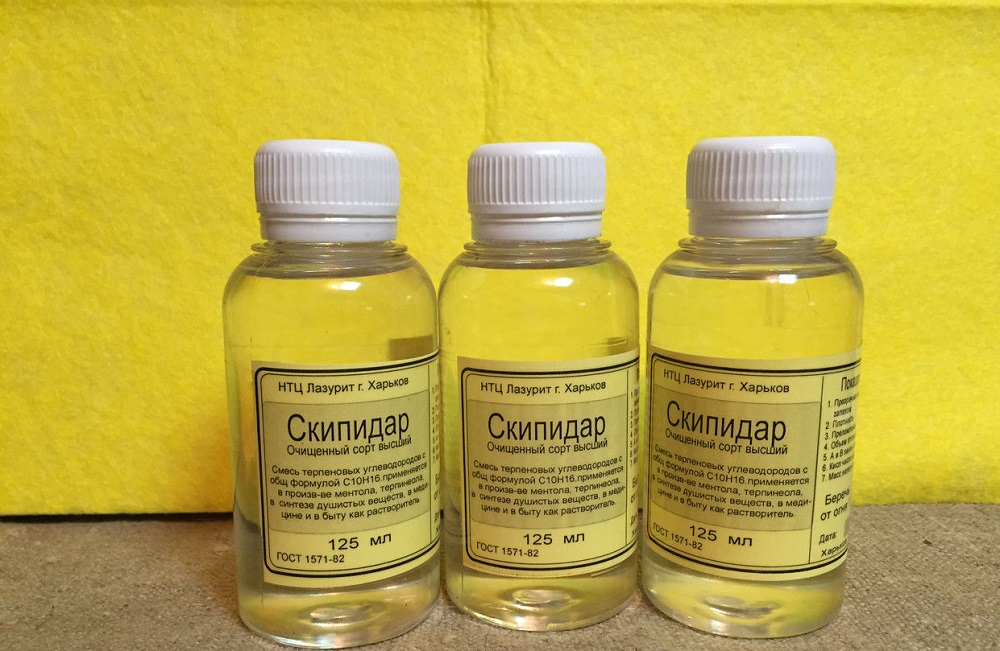
Solvents
This group includes substances that dissolve petroleum products. They have a similar structure and provide a quick effect. As the stain is treated, the cotton pad becomes dark, and then the stain gradually disappears.
If the product is very dirty, you can clean it with toluene. It is important to exercise extreme caution when using the substance as it is highly toxic.
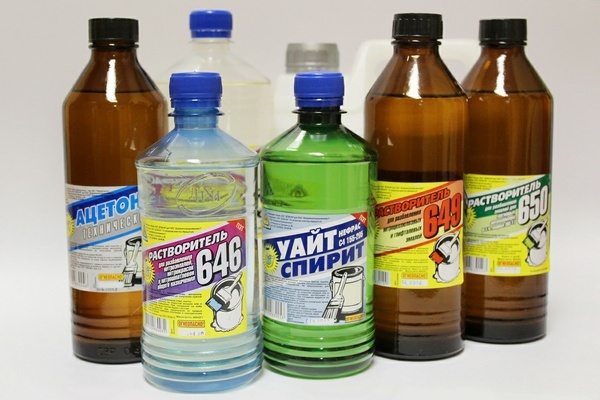
Salt
The food additive is not particularly effective in combating fuel oil residues. In addition, treating with salt can only dry out the stain, after which it will become old and require treatment with aggressive substances.
.jpg)
Butter
The food product is suitable for removing old and dried traces of fuel oil, as it allows you to soften them.After such preliminary treatment, you will be able to wash the item in the usual way.
The method of application is quite simple:
- It is necessary to take the butter out of the refrigerator and keep it for 5-10 minutes at room temperature.
- Then you should cut off a small piece and place it on the stain.
- After 3-4 hours, the clothes can be washed using conditioner.
Napkins and iron
You can get rid of unpleasant marks on clothes using an iron and 3-4 napkins or toilet paper. The paper must be placed on both sides of the fuel oil stain and iron the item from the inside.
Under the influence of high temperature, the contamination will begin to "melt", so the absorbent material should be regularly renewed. After the procedure, it remains to wash the product in the machine.

Washing mashine shampoo
Washing mashine shampoos are characterized by an aggressive effect, but high efficiency.
To remove a fuel oil stain, you need to:
- Soften the problem area.
- Apply shampoo to the damaged area.
- Rub the product in and leave for 30 minutes.
After the specified time, the item should be washed: first by hand to remove the unpleasant odor, and then in the washing machine. To enhance the effect, you can use a stain remover.
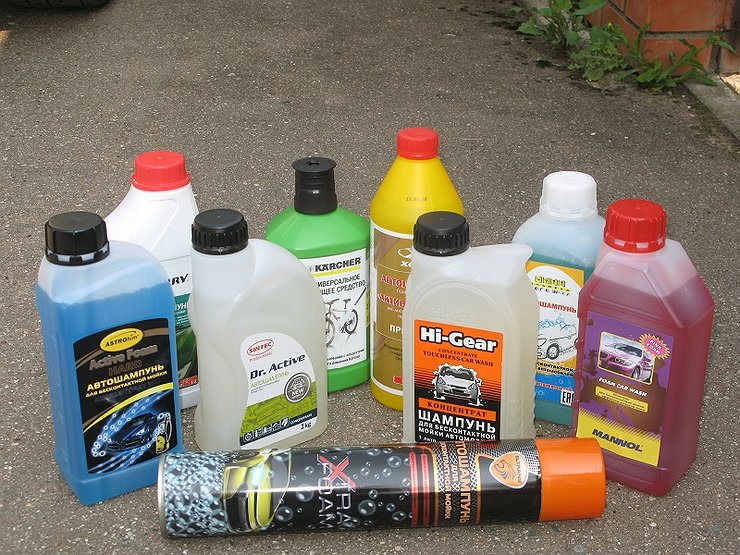
Shaving foam
The cosmetic product should be applied to the stain, like dishwashing detergent. After the foam has been absorbed into the fibers, you need to wash the clothes (in a washing machine or by hand, if we are talking about delicate fabrics).

Baking soda
You need to make a paste-like consistency from soda and water to apply to greasy stains. In addition, you can combine baking powder with the food additive to speed up the effect of the substance.The mixture must be left on the surface for 30-60 minutes and then wiped off. The method allows you to get rid of even white oil stains.
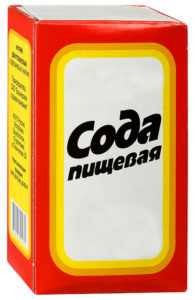
Starch
The substance must be spread over the surface of the stain and left for 15 minutes. After the specified time, the product should be washed.
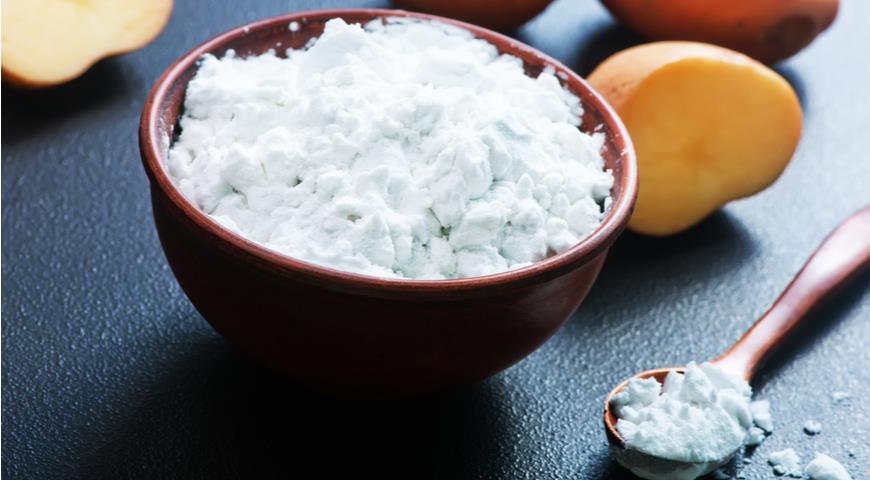
Fir oil
The treatment should be done using a cotton pad soaked in an aromatic substance. After such a procedure, the clothes will be clean and there will be no unpleasant odor left.
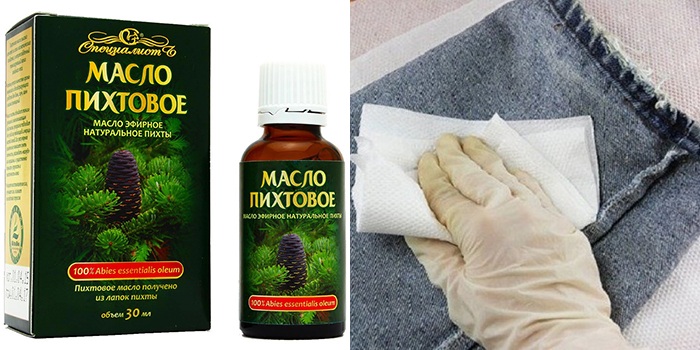
Toluene
The drug is used in laboratory conditions to eliminate any oil contamination. But since the stain remover contains toxic substances, it is important to follow special safety precautions when using it, using gloves and a medical mask.
You need to moisten cotton wool in a container with a solvent, and then start treating the stains. After most of the fuel oil has been removed, the item can be washed.
Acetone
The solvent effectively removes fuel oil from the fibers of the material. Soak a cotton pad in the caustic substance and then apply it to the fabric for a few minutes. Due to its aggressive action, acetone can cause fabric discoloration.
Stain removers
The stain remover is added to the appropriate compartment of the machine before loading things. If the contamination occupies a small area, you can soak the clothes in the selected composition for 2-3 hours, rinse under warm running water, and then wash in the machine.






